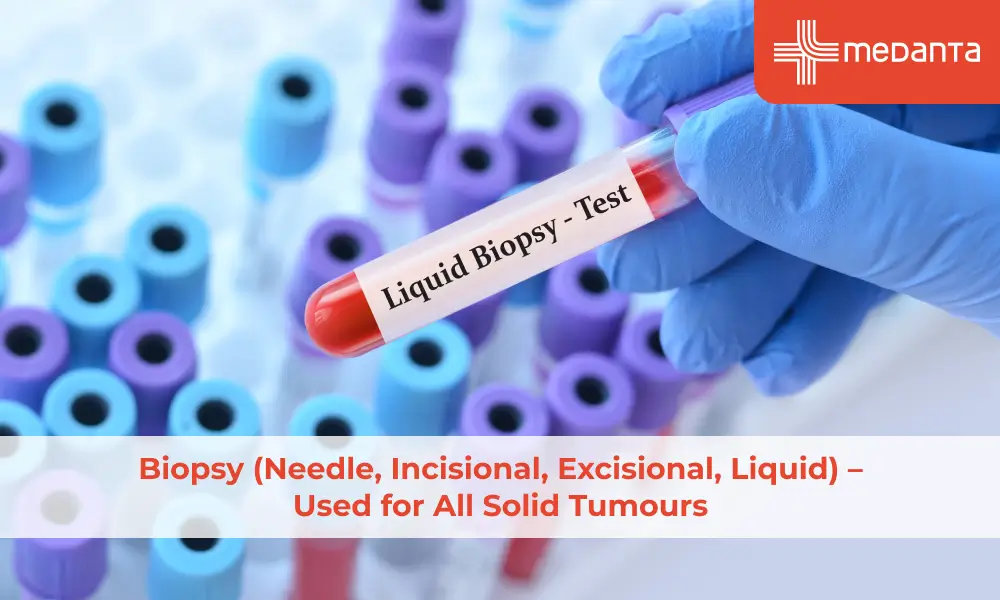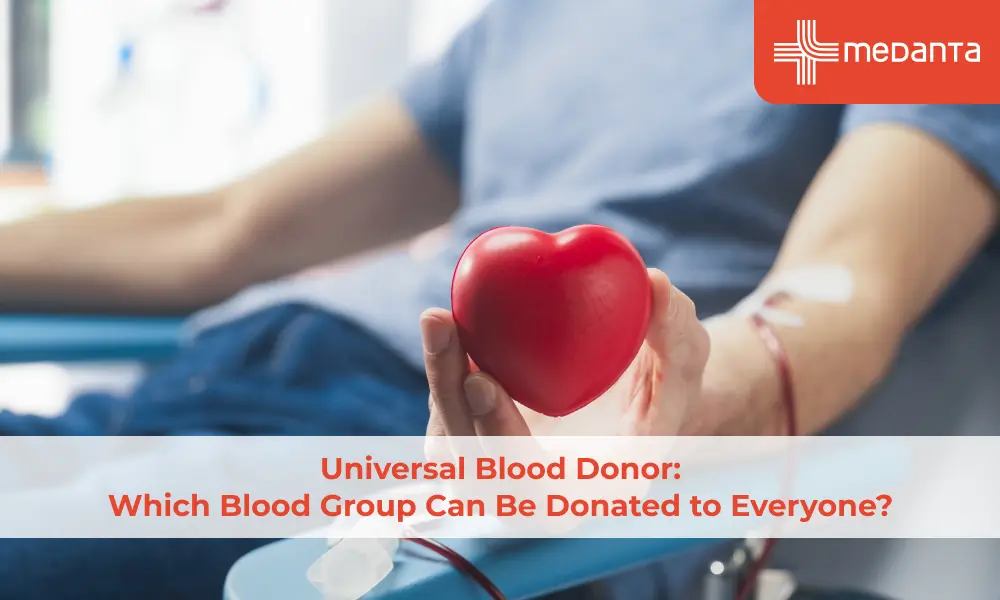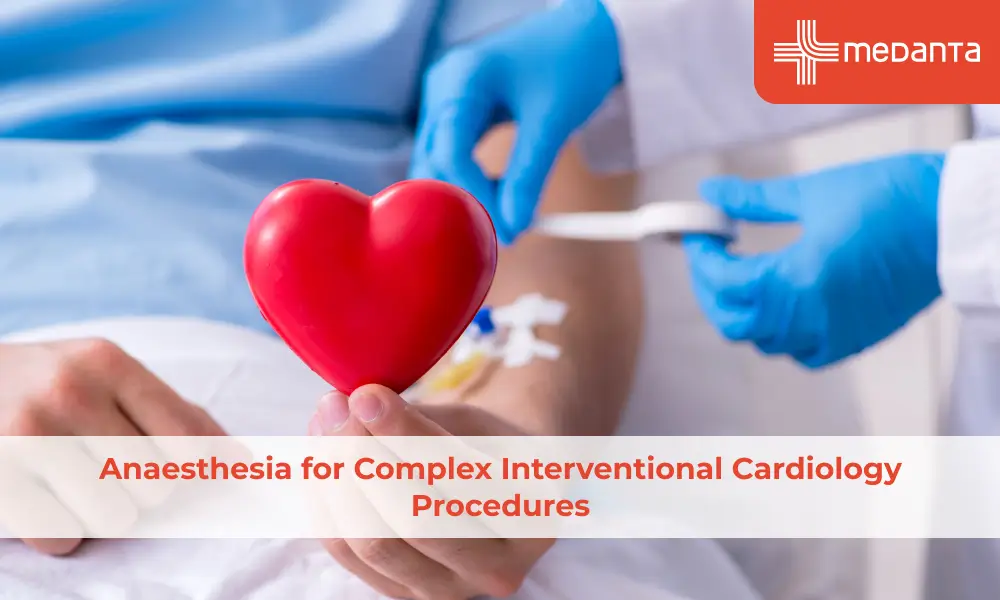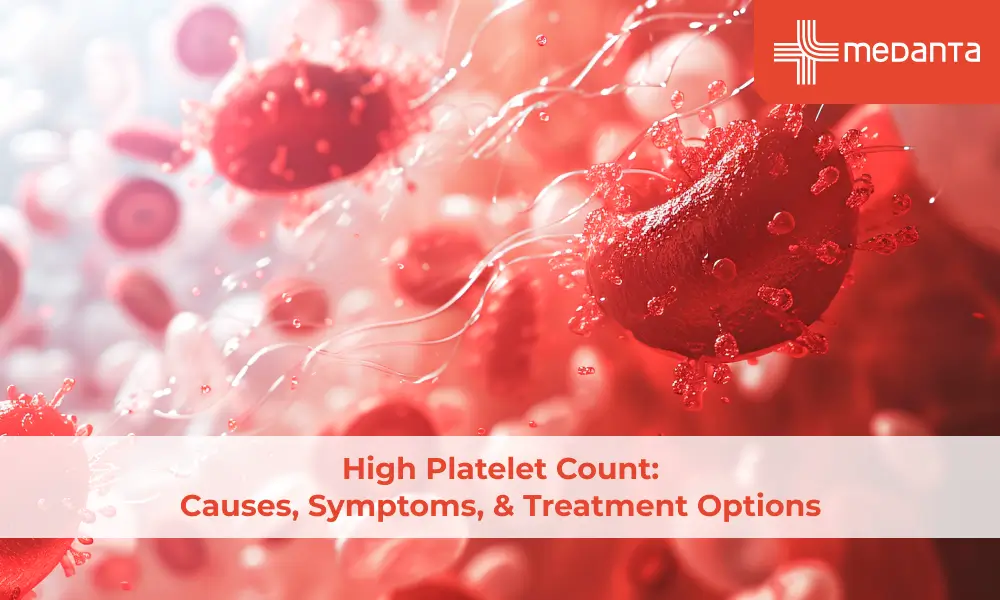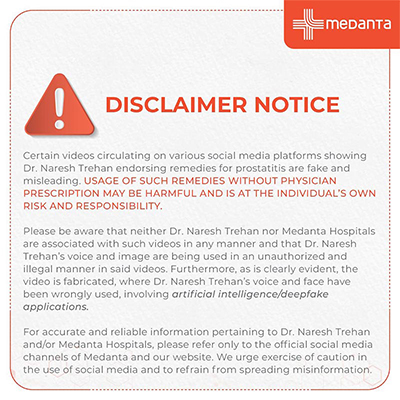PAE Recovery: How This Technology Improves Life After Treatment
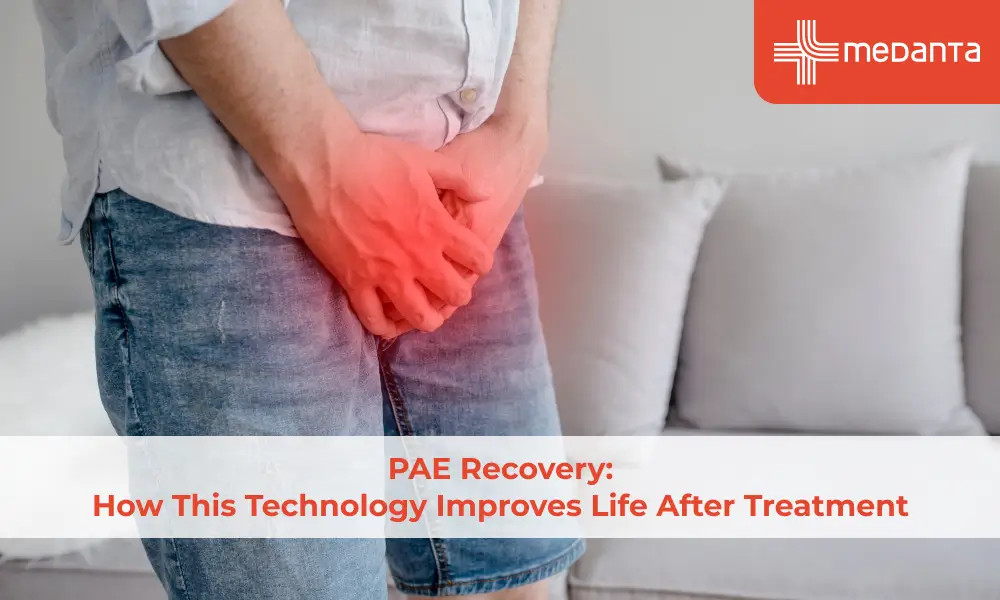
TABLE OF CONTENTS
An enlarged prostate, or benign prostatic hyperplasia, can drastically reduce a man’s quality of life. The need to urinate frequently, the inability to control or suppress the urge, and several nighttime bathroom trips are some indicators. Traditionally, surgery has been employed to treat the condition. However, improved medical technology and advancements have introduced a minimally invasive technique called prostatic artery embolization.
This blog will introduce you to the world of PAE, discussing the procedure, recovery, and how recent innovations are revolutionising patient experiences. We will also cover the benefits of modern methods, answer popular questions about the practice, and provide recovery suggestions.
Understanding BPH and its Impact
The prostate gland is a small, walnut-shaped gland located below the bladder in men. It surrounds the urethra, the tube that carries urine from the bladder out of the body. As men age, the prostate gland tends to enlarge, which can obstruct the urethra and interfere with normal urinary function. This can lead to a range of symptoms, including:
Frequent urination, especially at night (nocturia)
Urgent need to urinate (urgency)
Difficulty starting urination (hesitancy)
Weak urine stream
Incomplete bladder emptying (retention)
Dribbling urine
BPH can significantly disrupt a man's daily life, causing sleep disturbances, affecting work productivity, and limiting social activities. It can also lead to urinary tract infections (UTIs) and bladder stones due to incomplete bladder emptying.
Traditional Treatments for BPH
For many years, surgery has been the standard treatment for BPH. Common surgical procedures include:
Transurethral resection of the prostate (TURP): A scope is inserted into the urethra to remove prostate tissue blocking the urinary flow.
Laser prostatectomy: A laser is used to vaporise or remove prostate tissue.
While these procedures can effectively relieve BPH symptoms, they are not without drawbacks. They are typically performed under general anaesthesia, requiring hospitalisation and a longer recovery period. Potential complications associated with traditional BPH surgeries can include:
Bleeding
Infection
Retrograde ejaculation (semen ejaculates backward into the bladder)
Erectile dysfunction
These potential side effects can be a major concern for many men considering BPH treatment
The Rise of PAE
Prostatic artery embolization (PAE) is a minimally invasive procedure that offers a promising alternative to traditional BPH surgeries. Here's a breakdown of the PAE procedure:
Preparation: An angiogram is performed to visualise the blood vessels supplying the prostate.
The Procedure: A thin catheter is inserted into the femoral artery in the groyne and guided to the prostate arteries. Tiny particles (embolic material) are then injected into these arteries, blocking blood flow to the enlarged prostate gland. This reduced blood flow causes the prostate tissue to shrink over time, relieving pressure on the urethra and improving urinary function.
Recovery: The procedure is typically performed on an outpatient basis, meaning patients can go home the same day or after a night's observation.
Advantages of PAE
PAE offers several advantages over traditional surgical procedures for BPH treatment. Here's a closer look at the benefits of PAE:
Minimally invasive: PAE avoids surgical incisions, resulting in less pain and a quicker recovery time.
Reduced risk of complications: Since PAE doesn't involve major cuts or manipulations of the prostate gland, the risk of complications like bleeding, infection, and urinary incontinence is significantly lower.
Preservation of sexual function: PAE is less likely to cause erectile dysfunction or retrograde ejaculation compared to traditional surgeries.
Shorter hospital stay: PAE is typically an outpatient procedure, or may require only a brief overnight stay in the hospital.
Faster return to normal activities: Due to the minimally invasive nature, men can resume their normal activities much sooner after PAE compared to traditional surgery.
Latest Advancements Propelling PAE Forward
The field of PAE is constantly evolving, with advancements in technology leading to even more effective and streamlined procedures. Here are some of the latest trends in PAE:
Embolization materials: Newer embolic materials are being developed that are smaller and more precisely targeted. This allows for better control over blood flow blockage and potentially reduces the risk of unintended effects on surrounding tissues.
Imaging techniques: Improvements in imaging technology, like cone-beam CT, are providing physicians with a clearer and more three-dimensional view of the prostate arteries during the PAE procedure.
Road to Recovery
The immediate post-PAE period typically involves some discomfort, which can be managed with medication. Patients may experience:
Groyne pain at the catheter insertion site
Urinary urgency or frequency for a few days
Mild blood in the urine
These symptoms usually subside within a few days. It's important to follow the doctor's instructions regarding post-procedure care, which may include:
Resting for the first 24 hours
Avoiding strenuous activity for a few weeks
Maintaining good hygiene to prevent infection at the catheter insertion site
Taking prescribed medications to manage pain and urinary symptoms
Following these guidelines ensures a smooth and comfortable recovery.
The improvement in urinary symptoms after PAE is gradual. Most men experience noticeable improvement within a few weeks, with continued improvement over the following months. Studies have shown that PAE offers long-term relief from BPH symptoms, with success rates comparable to traditional surgical procedures.
Maintaining Long-Term Results and Overall Prostate Health
PAE has a high success rate in treating BPH. However, in some cases, a repeat PAE may be necessary down the line if the prostate continues to enlarge. While PAE offers a long-term solution for BPH, maintaining a healthy lifestyle is crucial for overall prostate health. Here are some tips for men to promote prostate health:
Maintain a healthy weight: Obesity is a risk factor for BPH. Maintaining a healthy weight can help reduce the risk of BPH and improve overall health.
Eat a healthy diet: A diet rich in fruits, vegetables, and whole grains may help reduce the risk of BPH.
Exercise regularly: Regular exercise can improve overall health and potentially reduce the risk of BPH.
Limit alcohol and caffeine: Excessive alcohol and caffeine consumption can worsen urinary symptoms.
Wrapping Up
Prostatic artery embolization offers a minimally invasive and effective treatment for enlarged prostate. With the latest advancements, PAE provides faster recovery times, reduced risk of complications, and improved quality of life for men suffering from BPH. If you're experiencing bothersome BPH symptoms, talk to your doctor about PAE to see if it's the right treatment option for you. Remember, early diagnosis and treatment are key to managing BPH and maintaining a healthy urinary system.
If you or someone you know is suffering from an enlarged prostate, then visit a tertiary-care hospital today and get treated with the most advanced and successful technologies available!

